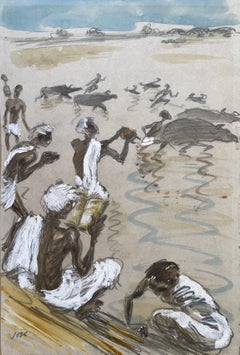
Modern Watercolour Published Indian Art Cartoonist Ganges River Delhi India
View Similar Items
Want more images or videos?
Request additional images or videos from the seller
1 of 24
Frederick JossModern Watercolour Published Indian Art Cartoonist Ganges River Delhi India 1954
1954
About the Item
- Creator:Frederick Joss (1908 - 1967, Austrian)
- Creation Year:1954
- Dimensions:Height: 16.93 in (43 cm)Width: 11.23 in (28.5 cm)
- Medium:
- Movement & Style:
- Period:
- Condition:
- Gallery Location:Norfolk, GB
- Reference Number:1stDibs: LU1670210535512
About the Seller
5.0
Gold Seller
These expertly vetted sellers are highly rated and consistently exceed customer expectations.
Established in 1999
1stDibs seller since 2021
46 sales on 1stDibs
Typical response time: 3 hours
More From This SellerView All
- India Watercolour RCA Architect Painting Palace Udaipur Lake Travel Orange BluesLocated in Norfolk, GBThere is something compelling about drawings and sketches made by architects. Loose and full of life this delicious little study, made on the spot, beautifully captures the essence of place. Made during one of Patterson's early tours to India it shows the gloriously majestic Palace Museum in Udaipur, Rajasthan, which sits on the highest point overlooking Lake Pichola and the City. The delicate wash of terracottas, pinks and reds offers us the feel of sun on the old stones. India Palace Museum (Udaipur), watercolour & pencil on paper, image 9.5cm x 14cm, framed 21.5cm x 24.5cm, Artist Stamp, signed in pencil bottom left, 1990 Doug Patterson...Category
1990s Contemporary Landscape Drawings and Watercolors
MaterialsWatercolor, Archival Paper, Pencil
- India 19th Century Landscape Sir James Peile Listed Work Mountains Western GhatsLocated in Norfolk, GBSydney Point, Mahableshwur Hill Station, Western Ghats, India Artist: Sir James Peile (1833-1906) Medium: Watercolour and Pastel on Paper Created: October 1862 Image Size: 23 x 36 ...Category
1860s Other Art Style Landscape Paintings
MaterialsWatercolor, Paper
- India Watercolour Landscape 19th century Ootacamund Dated 1856 Signed in PencilLocated in Norfolk, GBArtist: Unknown Medium: Watercolour on Paper Created: 1856 Size: 22.2 x 32.5 cm Signed bottom left in pencil Ootacamund 10th March 1856 Written on back in pencil 'Ootacamund from ...Category
1850s Other Art Style Landscape Drawings and Watercolors
MaterialsPaper, Watercolor
- Helen Kalvak Inuit Women mid century modern art outsider folk art minimalistLocated in Norfolk, GBA fabulous piece of Inuit history and a compelling drawing of everyday life for an Inuit family. The artwork is also a strong example of a natural understanding of perspective from an artist with no formal art training. The lines and mark-making are interesting both in the fact that we can see the artist working out the image by the faint rubbings out around the animals horns (see image). The lines also appear to reflect Helen's own facial beautifying tattoos; at the time of her death in 1984 was one of the last women to carry the facial tattoos of her group. The drawing was purchased from Professor Leo Bushman, part of the Faculty at the Calgary University. Bushman was helping the Co-op promote Helen Kalvak...Category
1960s Folk Art Abstract Drawings and Watercolors
MaterialsPaper, Pencil
- India 3 X 19th century Kashmir NW Frontier Field Sketches Manasbal Lake, KashmirLocated in Norfolk, GB3 Field, on the spot Sketches NW Frontier India : Manasbal Lake, Kashmir Artist: Unknown Medium: Pen & Ink Created: 1890s Size: 13 x 18 cm each A charming set of on-the-spot sketch...Category
1910s Other Art Style Landscape Drawings and Watercolors
MaterialsPen, Ink, Paper
- Surrealist Painting Royal College Art LGBTQ+ Female Fun Fair Pink Horse BananaBy Isabel RockLocated in Norfolk, GBIsabel Rock is a creator of contemporary fairy tales. A graduate of the Royal College of Art in London, her work is an explosion of strange occurrences while a surreal narrative takes the audience on a journey into the imagination. In October 2023 Isabel won the Evelyn Williams Drawing Award at the Trinity Buoy Wharf Drawing Prize. Known as the UK’s most prestigious annual open exhibition for drawing; part of the prize is a solo show at Hastings Contemporary, scheduled for 2024. Whilst Isabel always has a tale to tell for each of her images, you may or may not choose to go on the journey with her or you may indeed have a different story, one of your own that jumps off the page at you, that that you decide to follow. Artwork Details: (D), 50x40cm, acrylic ink and acrylic paint on paper, 2011 Artwork Provenance: from the Artist Studio A certificate of authentication comes from Gallery Art 1821...Category
2010s Contemporary Figurative Paintings
MaterialsMixed Media, Paint, Acrylic, Archival Paper, Pen
You May Also Like
- Women's Corner, Along the Cuyahoga River, Early 20th Century Cleveland SchoolBy Frank WilcoxLocated in Beachwood, OHFrank Nelson Wilcox (American, 1887-1964) Women's Corner, Along the Cuyahoga River, c. 1916 Watercolor and graphite on paper 21 x 29 inches Frank Nelson Wilcox (October 3, 1887 – April 17, 1964) was a modernist American artist and a master of watercolor. Wilcox is described as the "Dean of Cleveland School painters," though some sources give this appellation to Henry Keller or Frederick Gottwald. Wilcox was born on October 3, 1887 to Frank Nelson Wilcox, Sr. and Jessie Fremont Snow Wilcox at 61 Linwood Street in Cleveland, Ohio. His father, a prominent lawyer, died at home in 1904 shortly before Wilcox' 17th birthday. His brother, lawyer and publisher Owen N. Wilcox, was president of the Gates Legal Publishing Company or The Gates Press. His sister Ruth Wilcox was a respected librarian. In 1906 Wilcox enrolled from the Cleveland School of Art under the tutelage of Henry Keller, Louis Rorimer, and Frederick Gottwald. He also attended Keller's Berlin Heights summer school from 1909. After graduating in 1910, Wilcox traveled and studied in Europe, sometimes dropping by Académie Colarossi in the evening to sketch the model or the other students at their easels, where he was influenced by French impressionism. Wilcox was influenced by Keller's innovative watercolor techniques, and from 1910 to 1916 they experimented together with impressionism and post-impressionism. Wilcox soon developed his own signature style in the American Scene or Regionalist tradition of the early 20th century. He joined the Cleveland School of Art faculty in 1913. Among his students were Lawrence Edwin Blazey, Carl Gaertner, Paul Travis, and Charles E. Burchfield. Around this time Wilcox became associated with Cowan Pottery. In 1916 Wilcox married fellow artist Florence Bard, and they spent most of their honeymoon painting in Berlin Heights with Keller. They had one daughter, Mary. In 1918 he joined the Cleveland Society of Artists, a conservative counter to the Bohemian Kokoon Arts Club, and would later serve as its president. He also began teaching night school at the John Huntington Polytechnic Institute at this time, and taught briefly at Baldwin-Wallace College. Wilcox wrote and illustrated Ohio Indian Trails in 1933, which was favorably reviewed by the New York Times in 1934. This book was edited and reprinted in 1970 by William A. McGill. McGill also edited and reprinted Wilcox' Canals of the Old Northwest in 1969. Wilcox also wrote, illustrated, and published Weather Wisdom in 1949, a limited edition (50 copies) of twenty-four serigraphs (silk screen prints) accompanied by commentary "based upon familiar weather observations commonly made by people living in the country." Wilcox displayed over 250 works at Cleveland's annual May Show. He received numerous awards, including the Penton Medal for as The Omnibus, Paris (1920), Fish Tug on Lake Erie (1921), Blacksmith Shop (1922), and The Gravel Pit (1922). Other paintings include The Trailing Fog (1929), Under the Big Top (1930), and Ohio Landscape...Category
1910s American Modern Figurative Drawings and Watercolors
MaterialsGraphite, Watercolor
- Cows by Woodland Pond, Toledo, Ohio, Early 20th Century Cleveland SchoolBy Frank WilcoxLocated in Beachwood, OHFrank Nelson Wilcox (American, 1887-1964) Cows by Woodland Pond, Toledo, Ohio, c. 1920 Watercolor and graphite on board Signed lower right 22 x 30 inches Frank Nelson Wilcox (October 3, 1887 – April 17, 1964) was a modernist American artist and a master of watercolor. Wilcox is described as the "Dean of Cleveland School painters," though some sources give this appellation to Henry Keller or Frederick Gottwald. Wilcox was born on October 3, 1887 to Frank Nelson Wilcox, Sr. and Jessie Fremont Snow Wilcox at 61 Linwood Street in Cleveland, Ohio. His father, a prominent lawyer, died at home in 1904 shortly before Wilcox' 17th birthday. His brother, lawyer and publisher Owen N. Wilcox, was president of the Gates Legal Publishing Company or The Gates Press. His sister Ruth Wilcox was a respected librarian. In 1906 Wilcox enrolled from the Cleveland School of Art under the tutelage of Henry Keller, Louis Rorimer, and Frederick Gottwald. He also attended Keller's Berlin Heights summer school from 1909. After graduating in 1910, Wilcox traveled and studied in Europe, sometimes dropping by Académie Colarossi in the evening to sketch the model or the other students at their easels, where he was influenced by French impressionism. Wilcox was influenced by Keller's innovative watercolor techniques, and from 1910 to 1916 they experimented together with impressionism and post-impressionism. Wilcox soon developed his own signature style in the American Scene or Regionalist tradition of the early 20th century. He joined the Cleveland School of Art faculty in 1913. Among his students were Lawrence Edwin Blazey, Carl Gaertner, Paul Travis, and Charles E. Burchfield. Around this time Wilcox became associated with Cowan Pottery. In 1916 Wilcox married fellow artist Florence Bard, and they spent most of their honeymoon painting in Berlin Heights with Keller. They had one daughter, Mary. In 1918 he joined the Cleveland Society of Artists, a conservative counter to the Bohemian Kokoon Arts Club, and would later serve as its president. He also began teaching night school at the John Huntington Polytechnic Institute at this time, and taught briefly at Baldwin-Wallace College. Wilcox wrote and illustrated Ohio Indian Trails in 1933, which was favorably reviewed by the New York Times in 1934. This book was edited and reprinted in 1970 by William A. McGill. McGill also edited and reprinted Wilcox' Canals of the Old Northwest in 1969. Wilcox also wrote, illustrated, and published Weather Wisdom in 1949, a limited edition (50 copies) of twenty-four serigraphs (silk screen prints) accompanied by commentary "based upon familiar weather observations commonly made by people living in the country." Wilcox displayed over 250 works at Cleveland's annual May Show. He received numerous awards, including the Penton Medal for as The Omnibus, Paris (1920), Fish Tug on Lake Erie (1921), Blacksmith Shop (1922), and The Gravel Pit (1922). Other paintings include The Trailing Fog (1929), Under the Big Top (1930), and Ohio Landscape...Category
1920s American Modern Figurative Drawings and Watercolors
MaterialsWatercolor, Graphite
- [untitled] Street Scene with Fruit Vendor.By Emilio SanchezLocated in New York, NYEmilio Sanchez (1921-1999) created [untitled] “STREET SCENE WITH FRUIT VENDOR” in circa 1950. This unsigned watercolor and came to us directly from the Sanchez estate. It is stamped on the verso "Estate of Emilio Sanchez." This piece is in good to very good condition and painted to the paper's edge. The paper size is 14.88 x 15.25 inches (37.6 x 38.6 cm). “Best known for his architectural paintings and lithographs, Emilio Sanchez (1921-1999) explored the effects of light and shadow to emphasize the abstract geometry of his subjects. His artwork encompasses his Cuban heritage...Category
1950s American Modern Figurative Drawings and Watercolors
MaterialsGraphite, Watercolor
- Children Snow Sledding in Central Park - New Yorker Cover StudyLocated in Miami, FLHungarian/American artist/illustrator depicts a charming scene of sledding in the snow in Central Park. The work is abstract in its design as it's functional in its narrative - Unpublished New Yorker...Category
1940s Modern Figurative Drawings and Watercolors
MaterialsCharcoal, Ink, Watercolor, Gouache, Pencil
- The Sun and the Earth - Drawing in Pencil and Watercolor - Early 20th centuryBy Gustave BourgogneLocated in Roma, ITThe Sun and the Earth is an original Drawing in watercolor and pencil on ivory-colored paper realized by Gustave Bourgogne in the early 20th century. Good conditions. The artwork h...Category
Early 20th Century Modern Landscape Drawings and Watercolors
MaterialsPencil, Watercolor
- City - Mixed Media by N. Czinober - mid 20th CenturyBy Nicolas CzinoberLocated in Roma, ITCity is an original drawing in pencil made by the Hungarian artist Nicolas Czinober in the mid-20th century.The state of preservation is good, the paper presents some small stains. ...Category
Mid-20th Century Modern Figurative Drawings and Watercolors
MaterialsCharcoal, Paper, Watercolor, Pencil
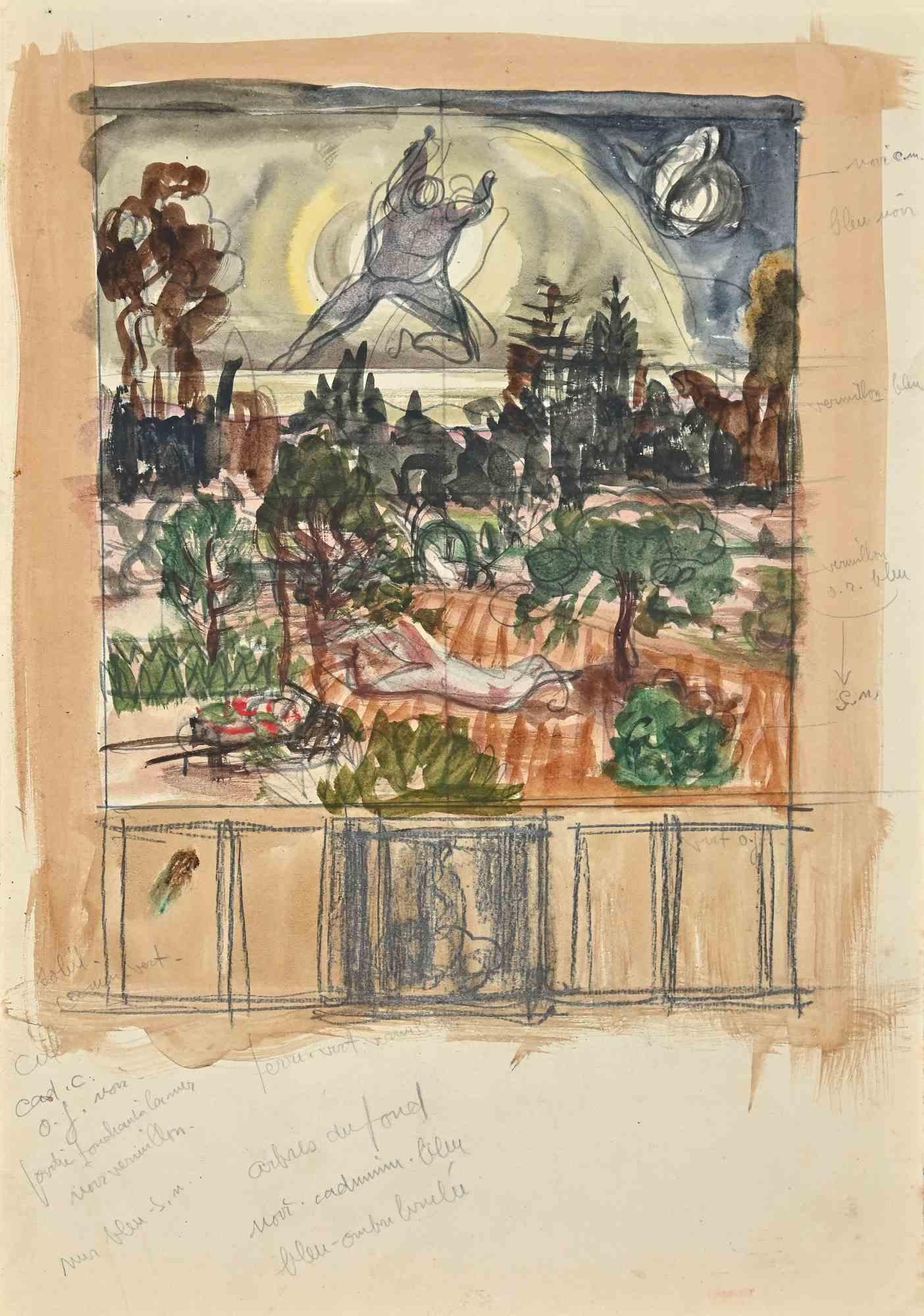
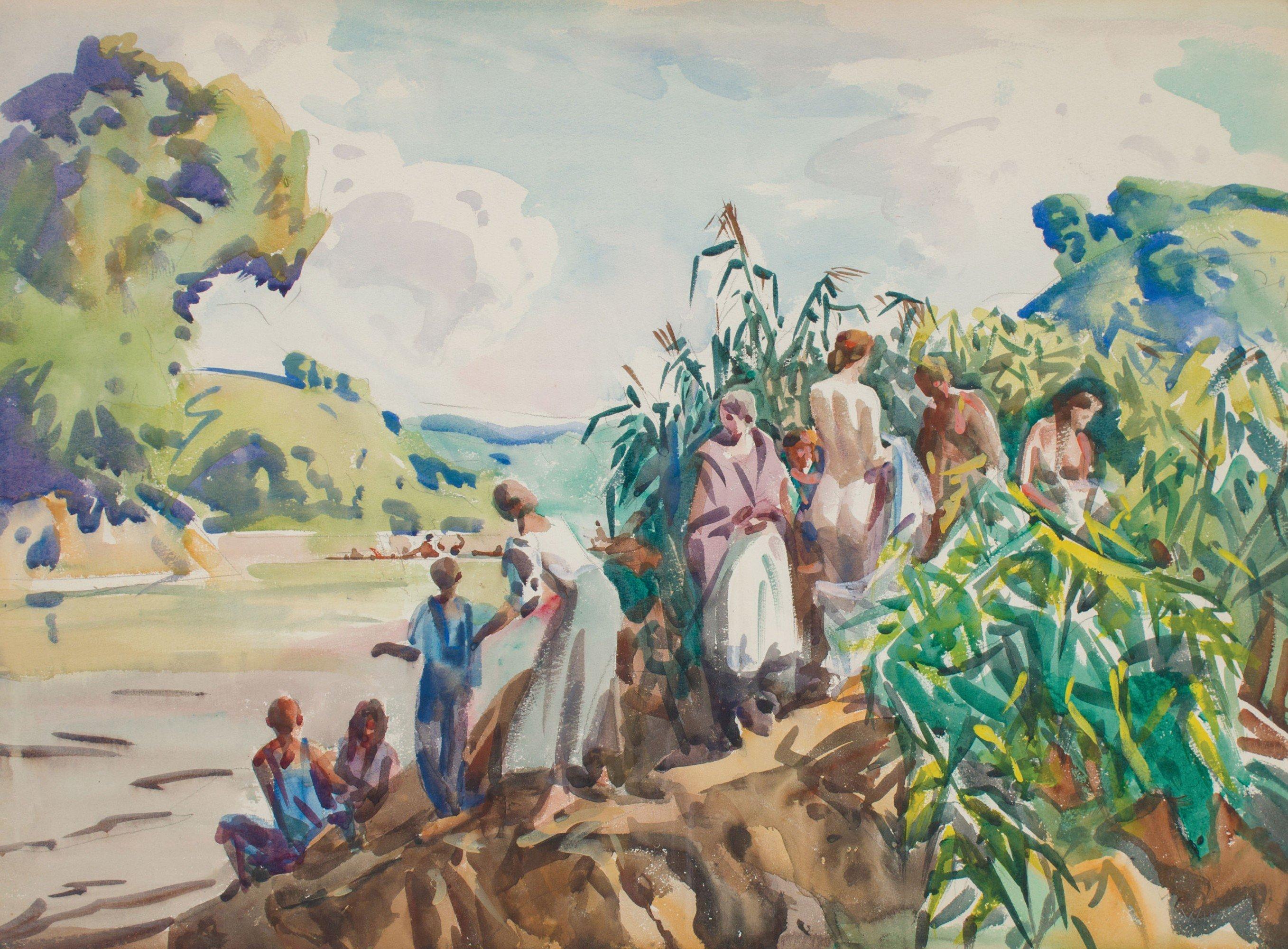
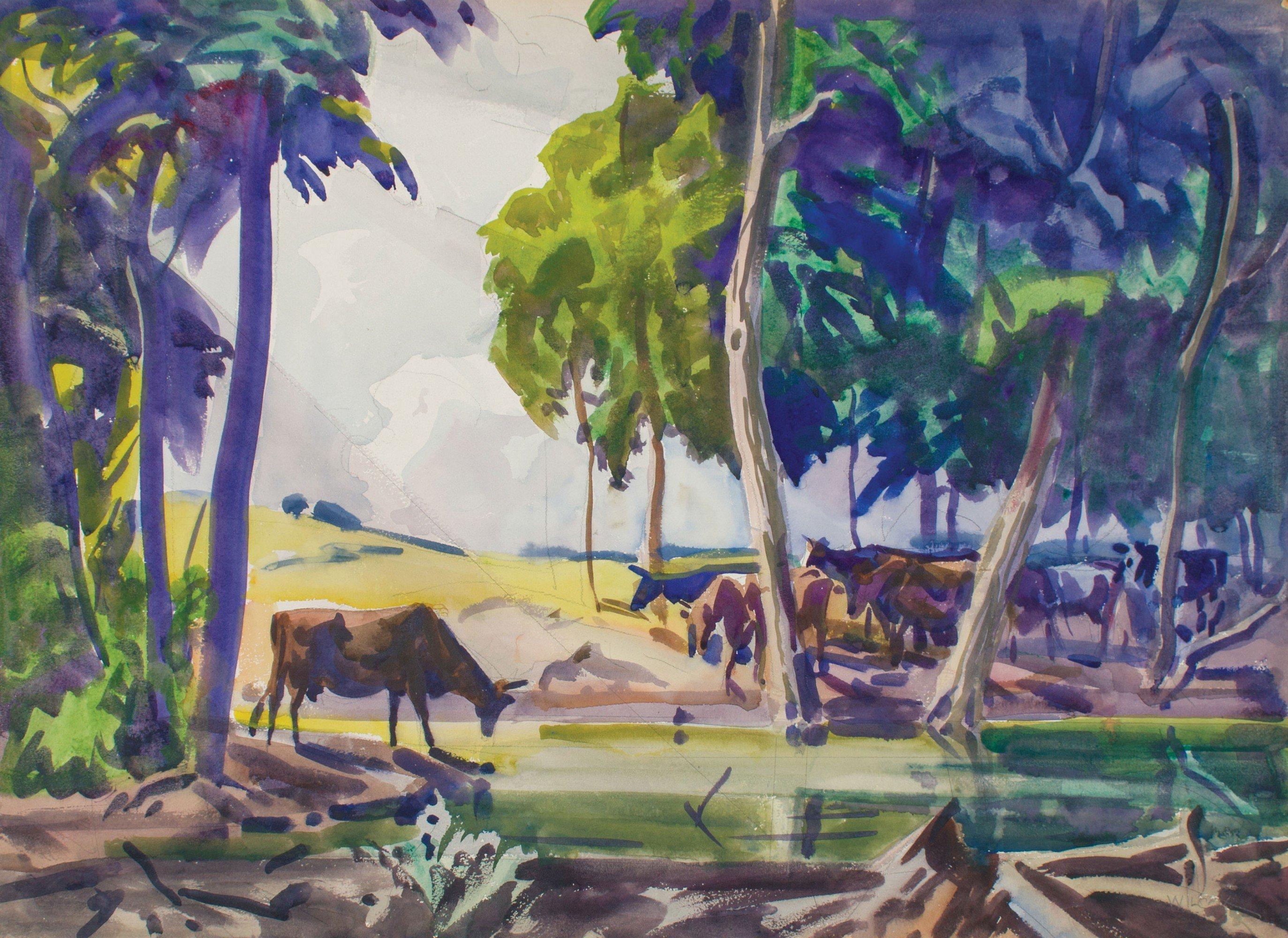
![[untitled] Street Scene with Fruit Vendor.](https://a.1stdibscdn.com/a_3312/1641486106885/sanchez_fruit_vendor_79509_master.jpg)
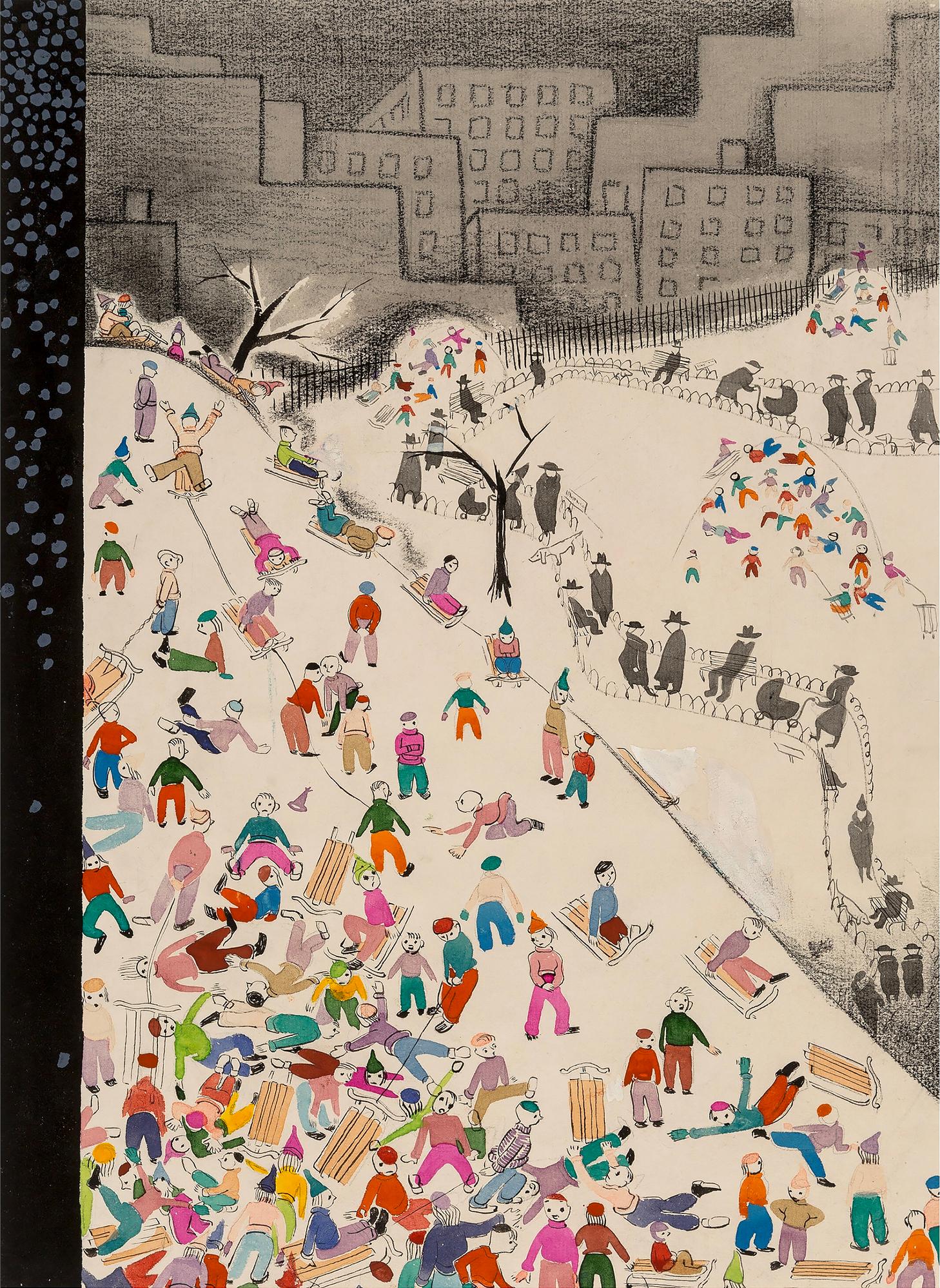
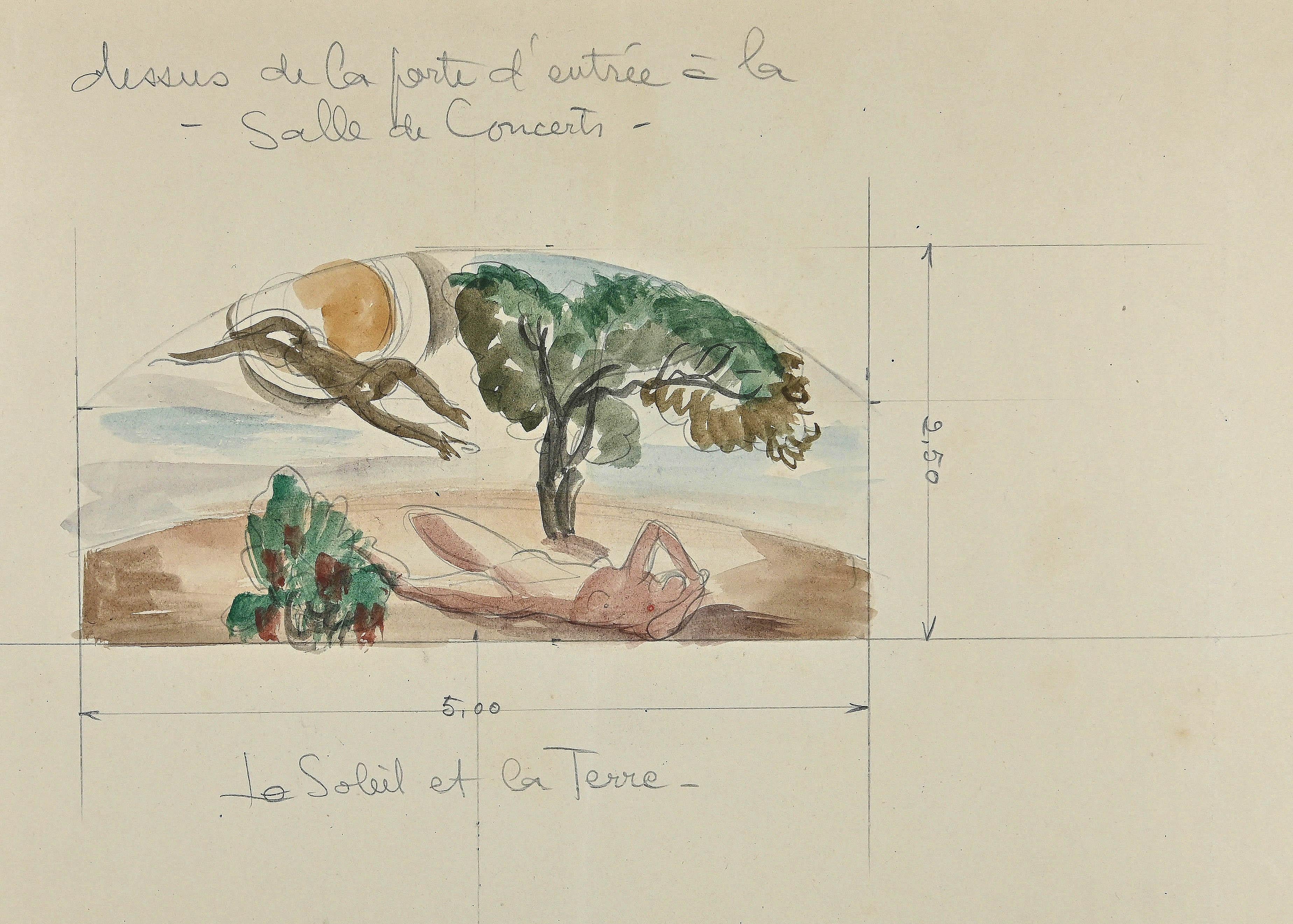
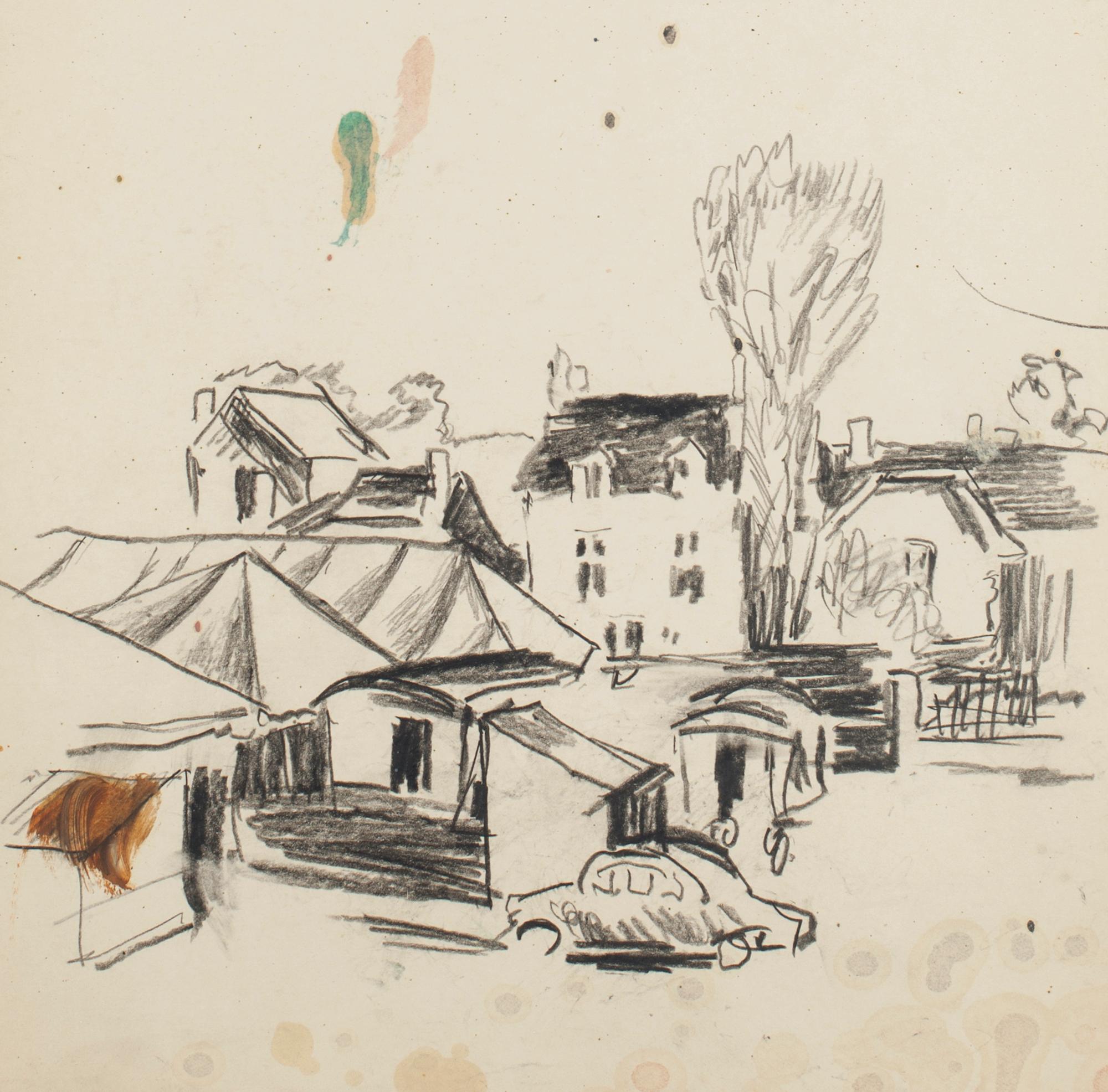
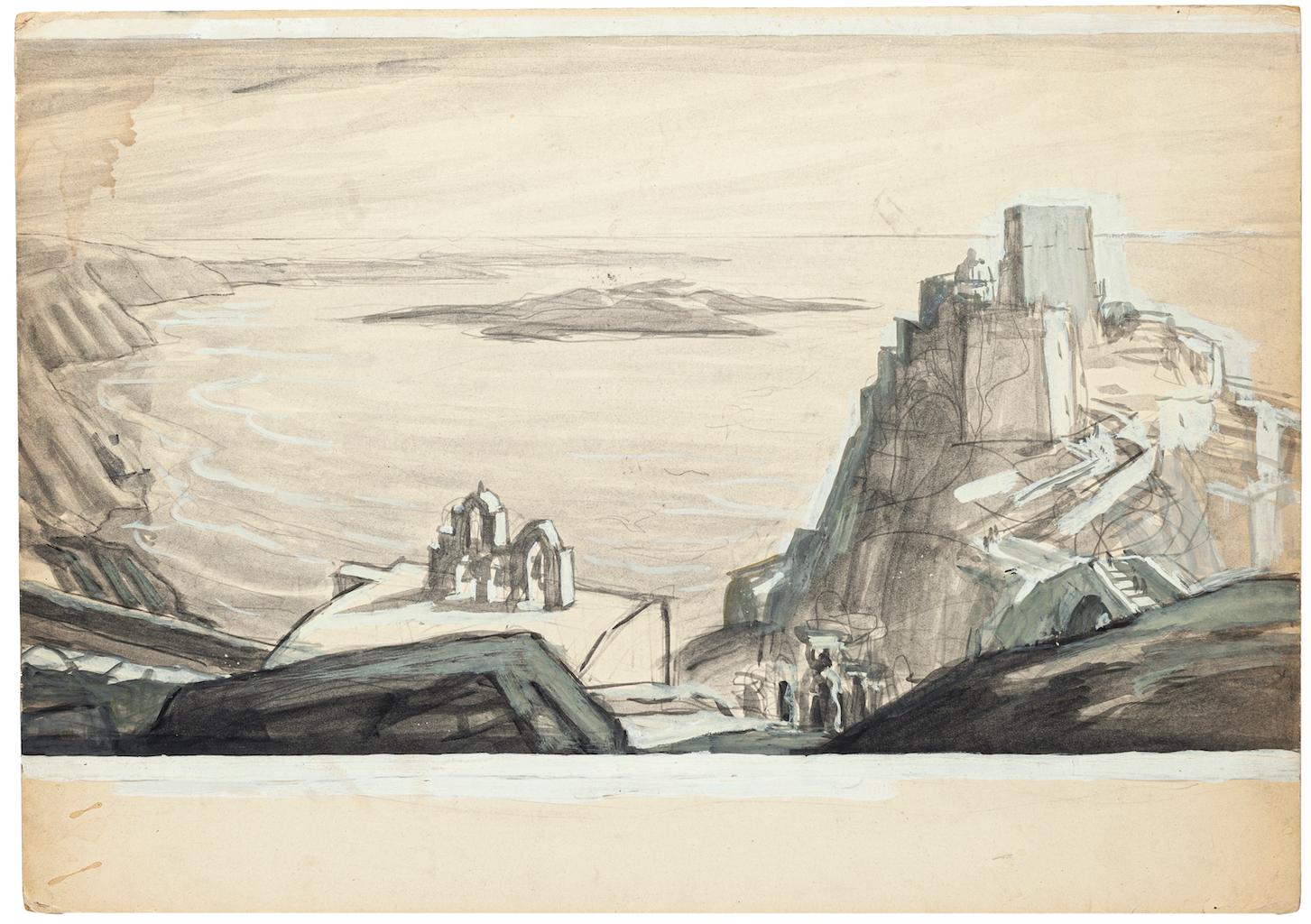
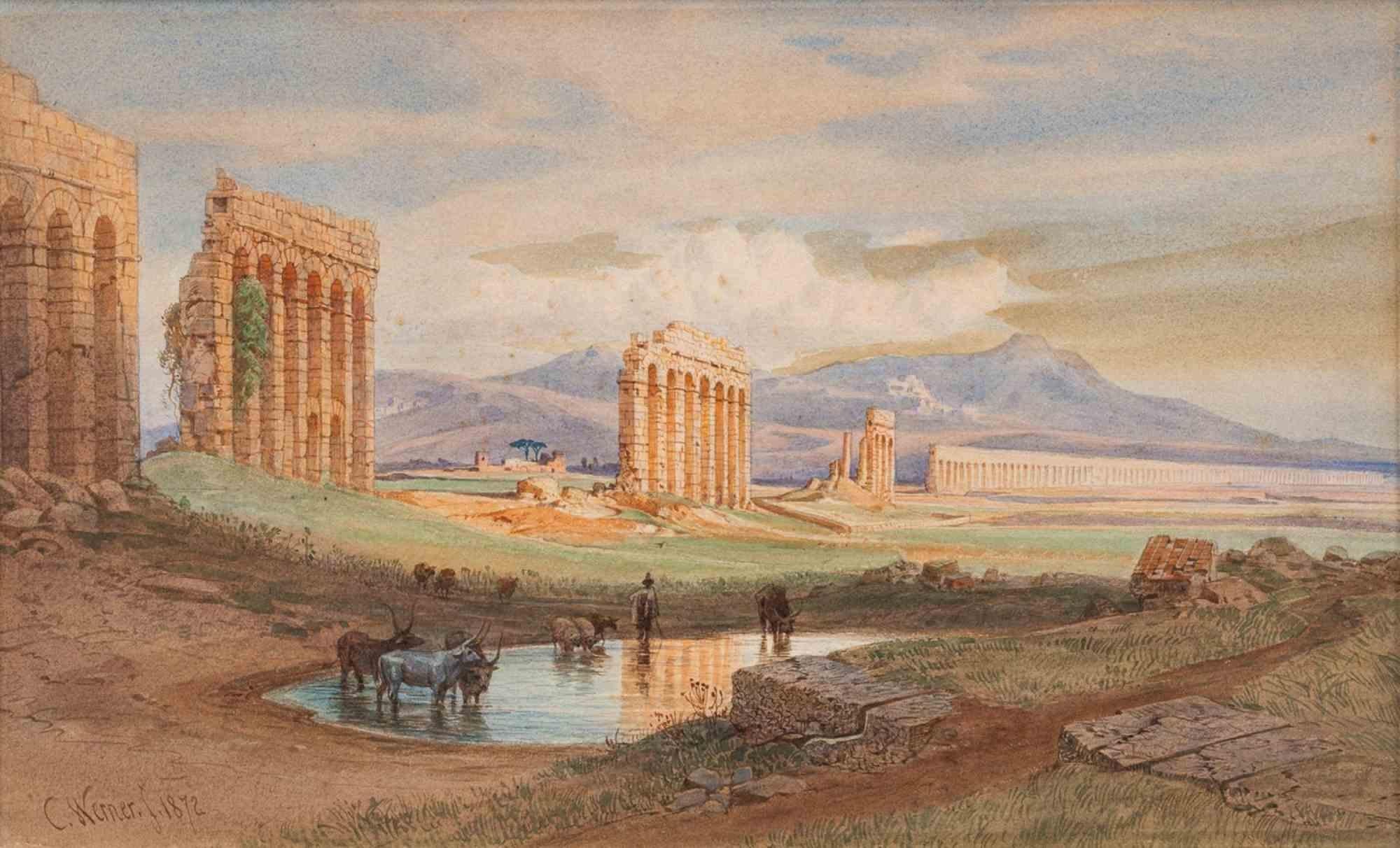
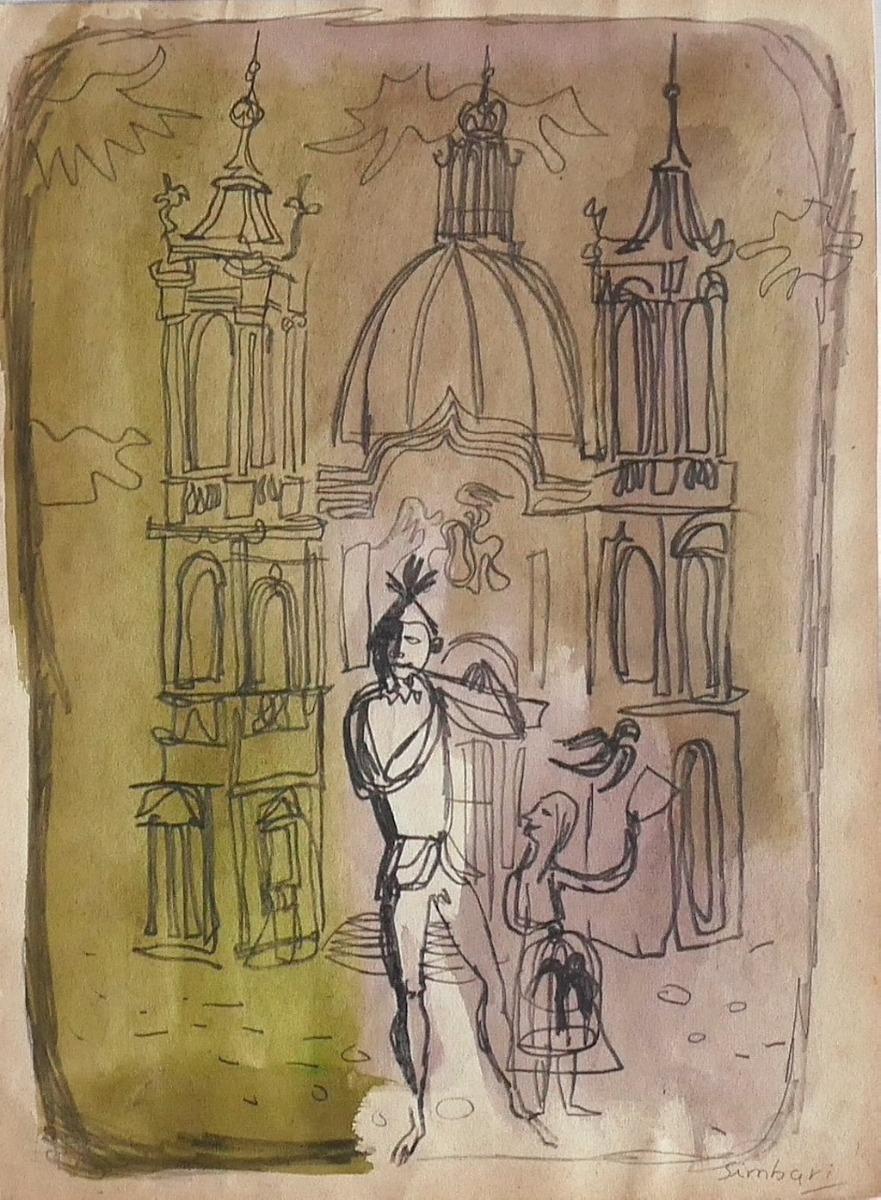
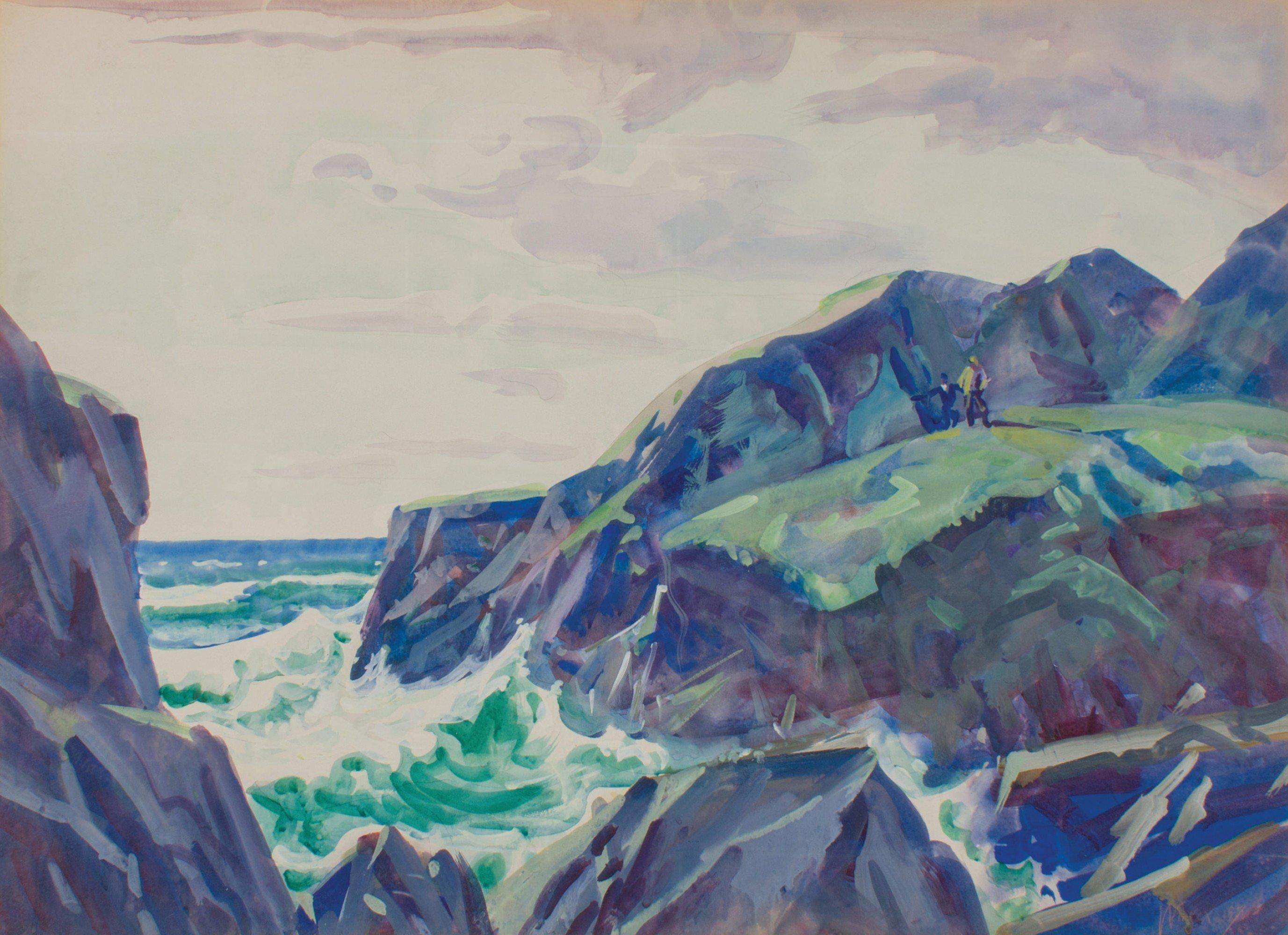
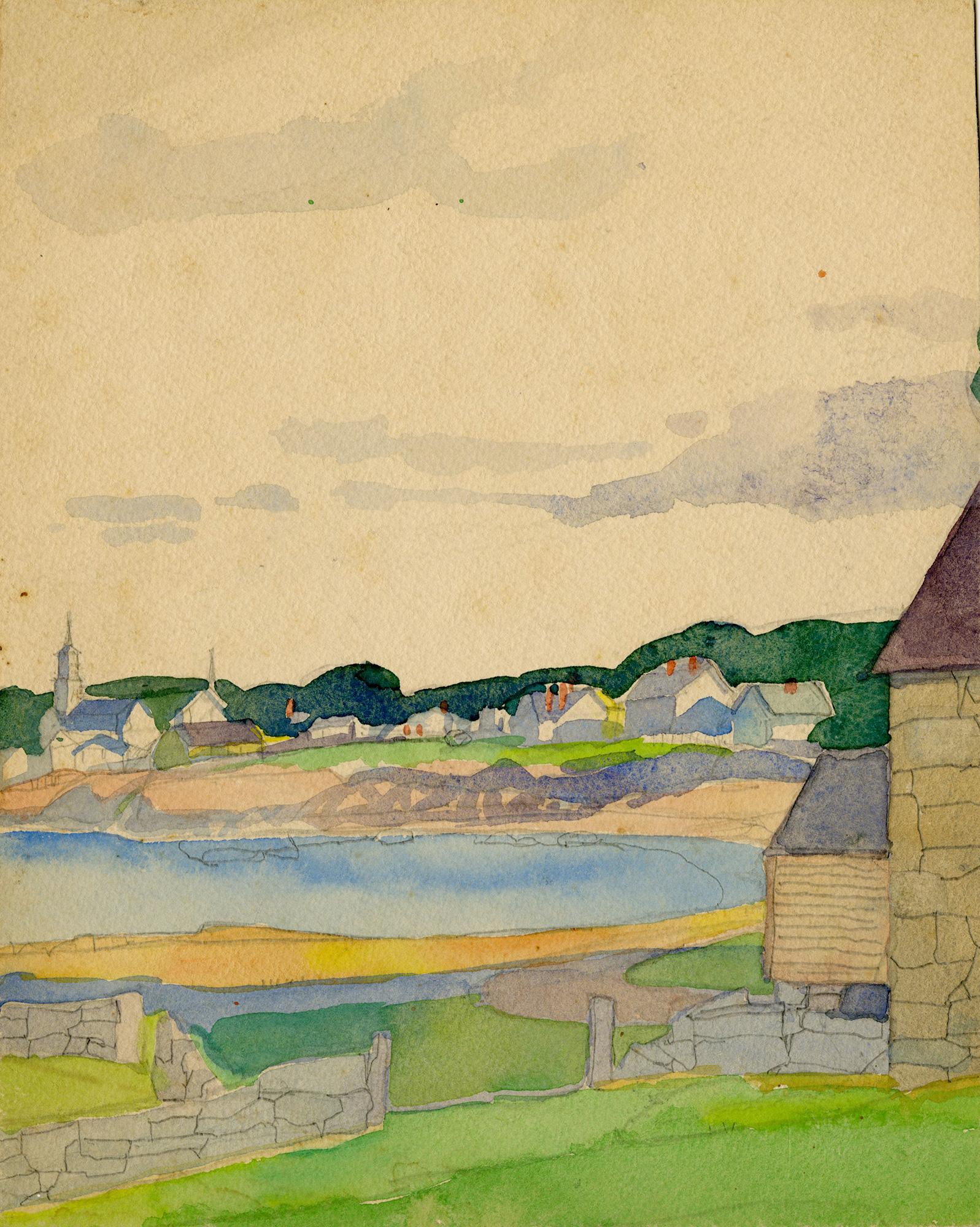
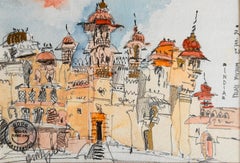
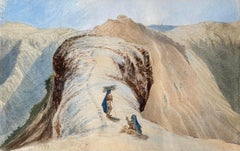
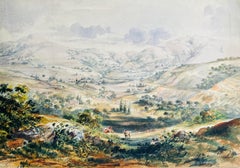
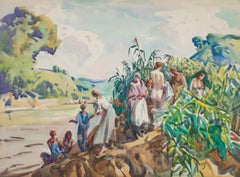
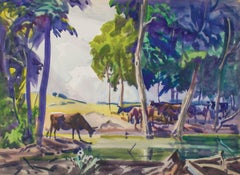
![[untitled] Street Scene with Fruit Vendor.](https://a.1stdibscdn.com/a_3312/1641486106885/sanchez_fruit_vendor_79509_master.jpg?width=240)